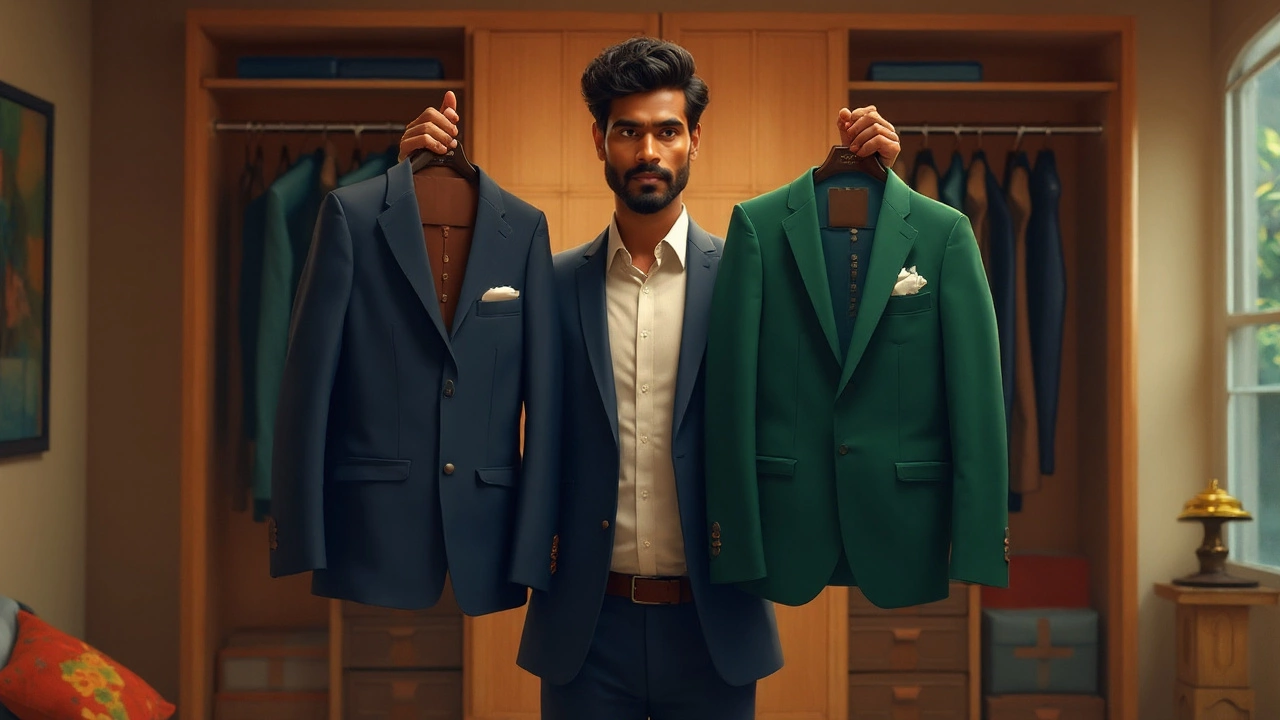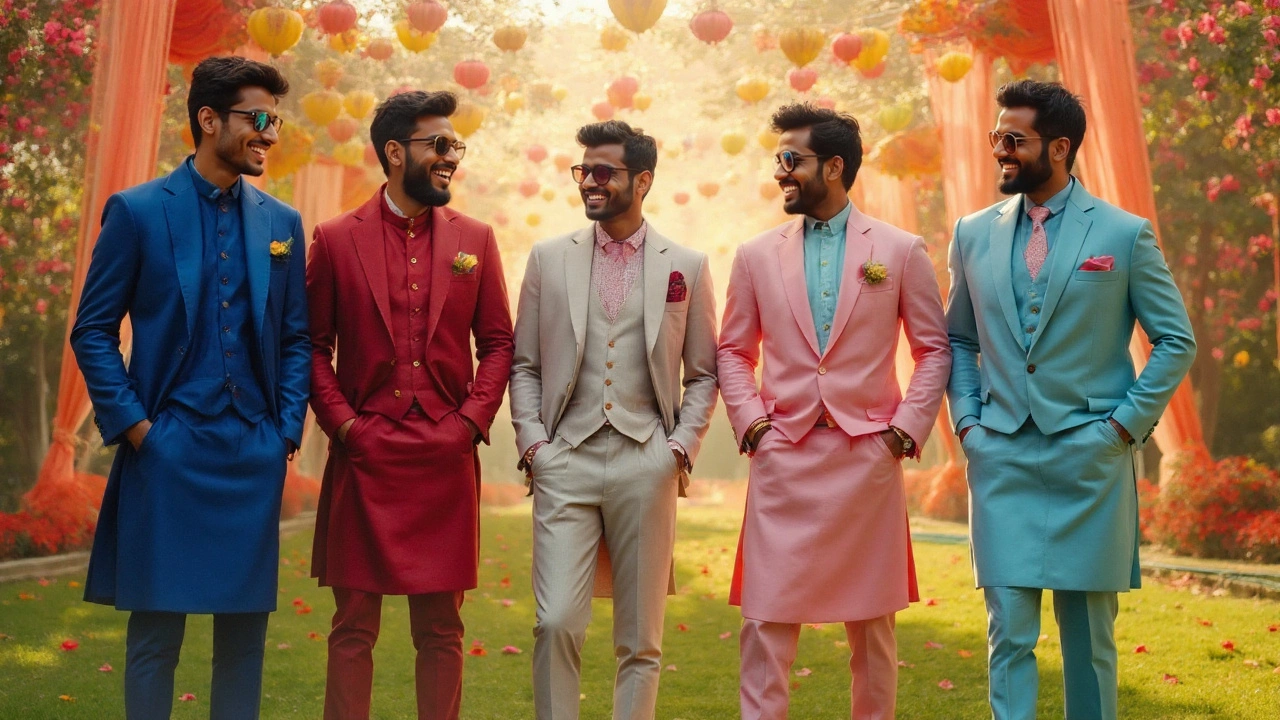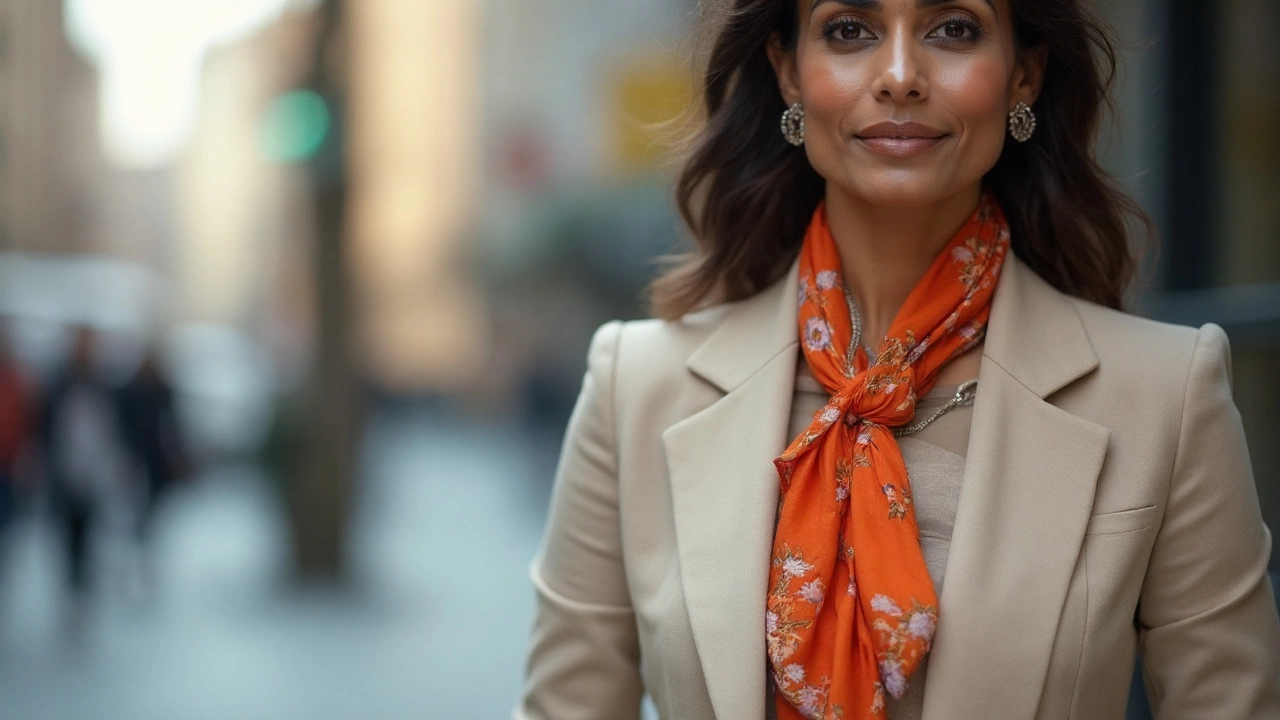Best Suit Colors: How to Choose the Right Shade for Any Occasion

Imagine picking out a suit for an important day. Maybe it’s your mate’s wedding, a massive job interview, or your first big presentation. You know what’s awkward? Stepping into the room, only to realize your suit color is screaming for the wrong reasons. Pick the right color and you walk taller, feel sharper, and actually enjoy your day. Get it wrong, and you’re stuck wondering if people are staring at you—in a bad way. Suit color is the difference between blending in with the crowd and turning heads for all the right reasons.
Understanding Suit Color Basics
Suit colors aren’t just about fashion. They shape how others see you, affect your mood, and can even nudge luck your way. The go-to classic is navy. Walk around the Melbourne CBD during peak hour, and you’ll see navy suits everywhere—on lawyers, baristas, and would-be startup queens. That’s no accident. Navy suits flatter most skin tones and work for almost any event. They say you’re smart, put-together, and reliable without shouting it.
Charcoal comes next. It's safe. Smooth. It signals authority, so it’s a hit for interviews and first meetings. Unlike black, it won’t look too severe at a garden wedding or brunch. Speaking of black, there’s a myth that black suits are the best pick—you see them at every school formal and TV awards show. But unless it's a funeral or a black-tie function, black can look out of place for daytime. Think of it like wearing a tux to a backyard BBQ—no one remembers what you said because your suit did all the shouting.
There’s a science behind suit colors. In a survey done by GQ Australia in 2024, 63% of local professionals said they trusted—and liked—colleagues more when they wore blue and grey suits vs. flashier colors. So, for big days at work, blues and greys are your safe bets. Still, colour can be fun. Want something modern? Check out lighter shades like dove grey or pale blue, which have been trending hard at events like Melbourne Cup and spring weddings. These lighter tones are friendly, young, and, paired with the right shirt, keep things looking fresh without losing the plot.
Below is a quick look at how popular suit colors stack up for key qualities:
| Suit Color | Formality | Events | Works For |
|---|---|---|---|
| Navy | Very High | Work, Weddings, Everyday | Most Skin Tones |
| Charcoal | High | Work, Interviews, Evenings | Most Skin Tones |
| Black | Highest | Funerals, Formal Evenings | Light to Medium Tones |
| Light Grey | Medium | Day Events, Weddings | Pale to Medium Tones |
| Brown/Natural | Casual | Day Parties, Outdoor | Warm Tones |
| Bold Colors | Low | Fashion, Themed Events | Statement Seekers |
Patterns matter, too. Windowpane checks, pinstripes, or plaid add personality but can make the suit less formal. If you’re new to suits, sticking to solids and classic shades gets the most mileage out of what you buy. As you build confidence, swap in subtle patterns or richer hues for things like spring races or after-work drinks.

How Your Skin Tone and Season Shape Your Choice
Think about everyone you know who pulls off a suit, and you’ll notice something—they never look washed out or as if the suit’s wearing them. That’s because their suit color fits their skin tone, hair, and even the season. If you’re pale, navy or mid-grey can stop you from looking ghostly. These tones add depth without overpowering. Olive skin? Lighter shades—think mid-blue, taupe, or light grey—tend to pop better and keep things fresh. Deeper skin tones can truly rock bolder colors: emerald, burgundy, even a deep teal. Melbourne’s multicultural buzz means you’ll see all shades (on faces and suits) at events—and when people get this right, they really stand out.
The season and the city matter, too. Summer in Australia runs from December to February, and the light is brutally clear. Lighter shades feel breezy and beat the heat, so that’s when you see more tan or pale blue suits and barely-there fabric weights. Autumn and winter pull things back—navy, deep grey, forest green, and burgundy take centre stage. These richer colors work with dimmer light, heavier textures, and the scarves you’ll want when a chilly wind whips through the laneways.
You can also use your suit’s color to control mood. Lighter shades feel friendly, open, and approachable. That’s why you see pale grey at spring weddings or brand launches in bright venues. Darker suits, especially tones like navy or charcoal, ooze confidence and quiet authority. Research from the University of Sydney (2023) found that job applicants were seen as 27% more ‘professional’ when photographed in a navy or grey suit compared to beige, green, or black. That’s not magic; it’s color psychology playing out in real life.
Accessories can play with these vibes, too. Let’s say you love your navy suit, but the event isn't stiff or serious. Toss in a burgundy tie, a patterned pocket square, or playful socks to change your whole energy. Shoes also count. Browns work great with everything except black suits. Black shoes keep things sharp for dark suits and are safest for business. Dissolving old rules—navy suits with brown shoes is not a crime!—lets you own your style without looking try-hard.
If you want a shortcut, here’s what’s working in Melbourne now:
- Navy, mid-blue, and charcoal dominate for workwear and “serious” events.
- Pale grey and even dusty pink (yes, really) are showing up for weddings and big spring events.
- Browns, greens, and bolder colors appear more for garden parties, music festivals, and laid-back hangouts—not the office.
Trying before buying is smart. Grab a mate or snap quick photos in different lighting (natural and inside). What looks epic under dressing room lights can look tragic in sunlight. Don’t trust just the mirror; check your phone in a few spots. And if you’re ever in doubt? Navy always has your back.

Making Your Suit Color Work for the Occasion
Let’s be honest, the number one thing people worry about when choosing a suit color is, “Will I look out of place?” Nobody wants to show up at a formal interview in a pale pink suit or roll into a fun outdoor party in a stuffy charcoal three-piece. Picking for the occasion is about reading the room—or reading the invite. Black tie, unless you love ruffling feathers, means black or deep navy. Daytime weddings invite lighter suits and gentle colors. Work stuff (interviews, meetings, presentations) leans classic and dark because—rightly or wrongly—people judge your “seriousness” by what you wear.
If the invite says cocktail, play with deeper colors—burgundy, pine green, or even deep blue. Add a patterned shirt or tie if you’re game. Outdoor events, like a December wedding on Brighton Beach or a South Melbourne garden party, suit lighter shades—pale blue, sand, dove grey. Summer evenings, feel free to get a bit more creative: lighter checks, pastel shirts, and brown shoes give off a cool, effortless vibe.
It’s a myth that only men need to stress about suit color—watch the races or any high-powered business event, and you’ll see women outshining the blokes with bold, perfectly tailored blazers and trouser suits. The rules don’t really change. The same color cues work: navy and grey are timeless, but don’t be afraid of jewel tones or a sharp cream suit, especially in warmer months. Women often get more freedom with patterns (think subtle houndstooth or check blazers) and can play with accessories—scarves, statement belts, or chunky earrings—to add a pop without losing polish.
Want to look different without looking gimmicky? Monochrome suits—shades of the same color for jacket, pants, and shirt—make you look taller, neater, and somehow cooler. This trick works for any gender and just about any occasion. Pair it with simple, sharp shoes and avoid jarring contrast (no neon green shirt, please).
Here are some “don’t mess it up” tips, Melbourne style:
- Black suits: Keep them for after-dark or super formal events.
- Navy and charcoal: Perfect all-rounders. Dress them up or down.
- Light grey and tan: Spring/summer events, especially daytime. Don’t pair with black shoes—brown or tan work better.
- Bolder/bright colors: Limited to parties, races, or true creative settings. Try first before wearing in public!
- Be wary of too much shine (satin finishes or bright blues) unless you like being the centre of attention.
The most important rule? Wear what you feel good in. If you love your look, you'll walk differently, talk differently, and stand out for all the right reasons. Suits aren’t just about “fitting in” but nailing your own kind of confidence. It’s easier than you think once you get the basics right—pick the color that suits you, the season, and the event, then add a twist that feels like you. That’s really all anyone will remember.
- Aug, 5 2025
- Violet Greenfield
- 0
- Permalink
Written by Violet Greenfield
View all posts by: Violet Greenfield